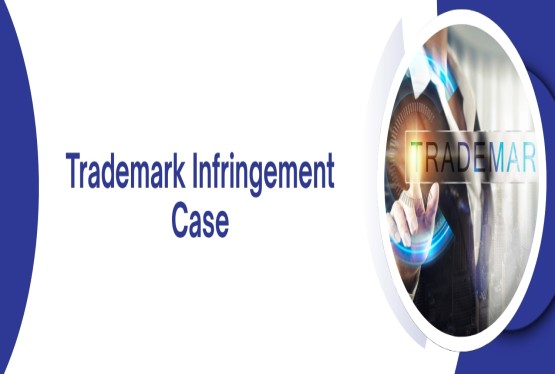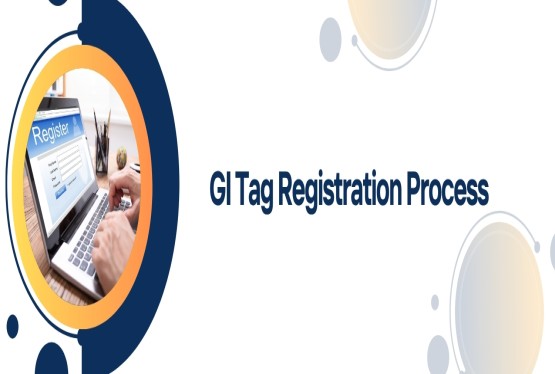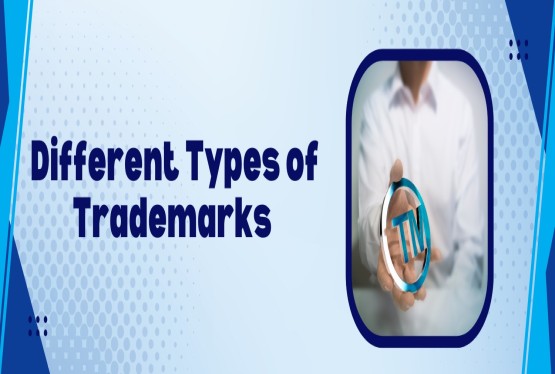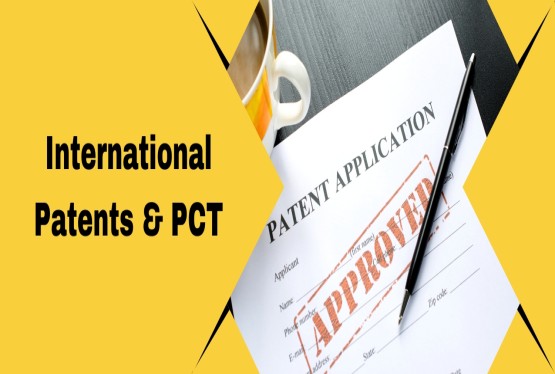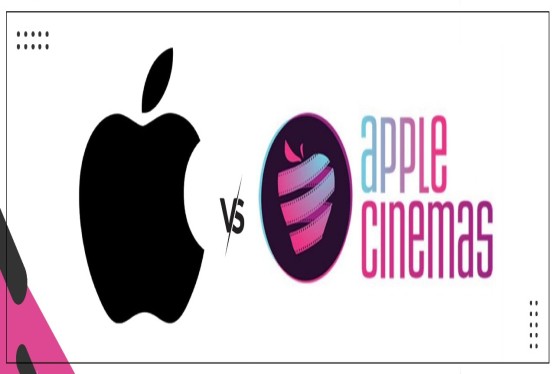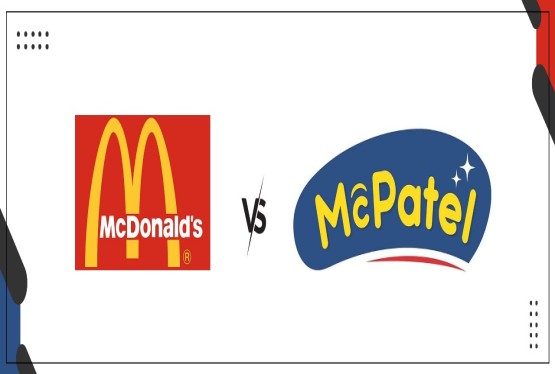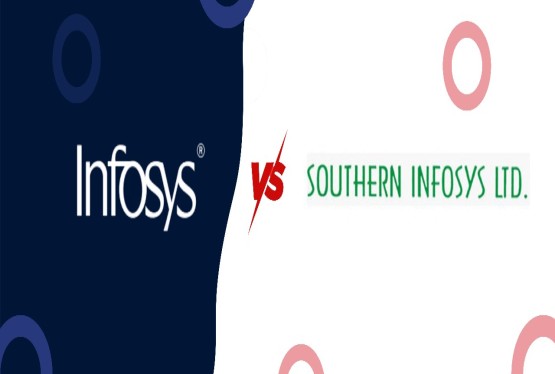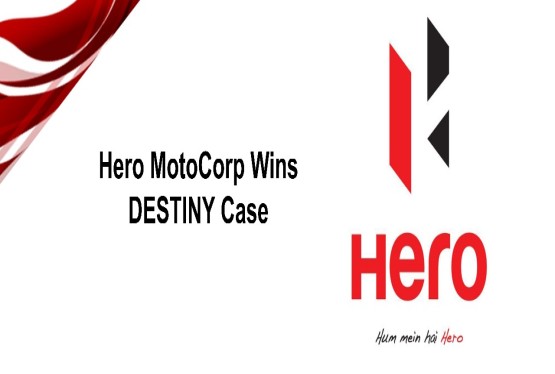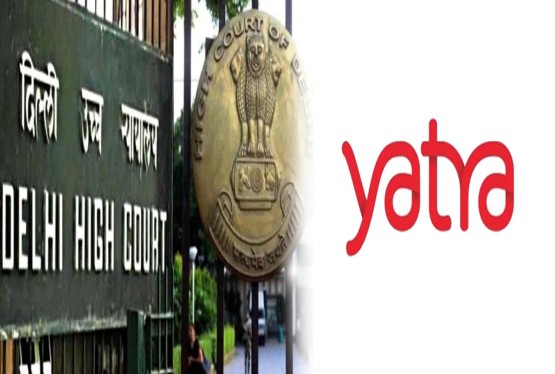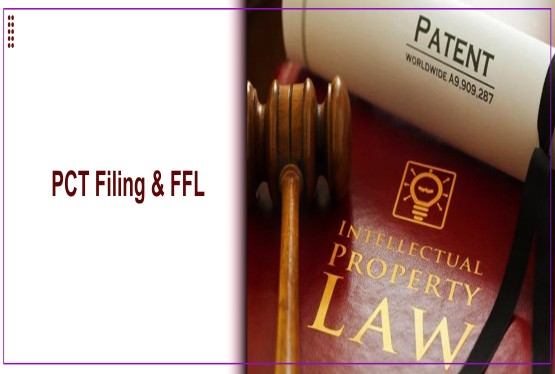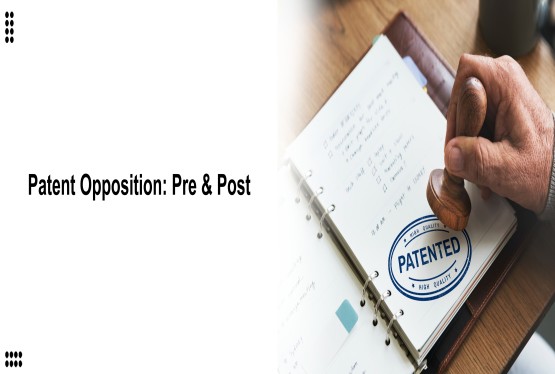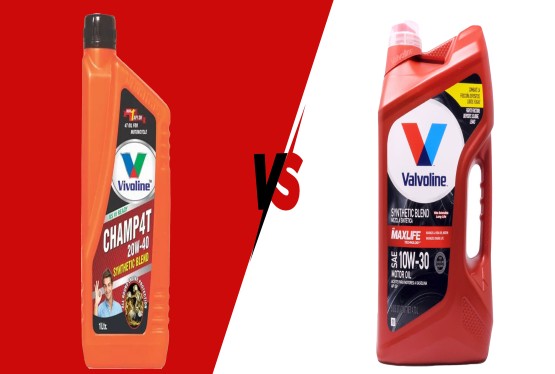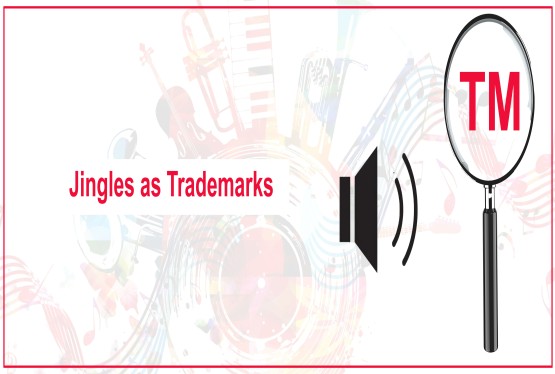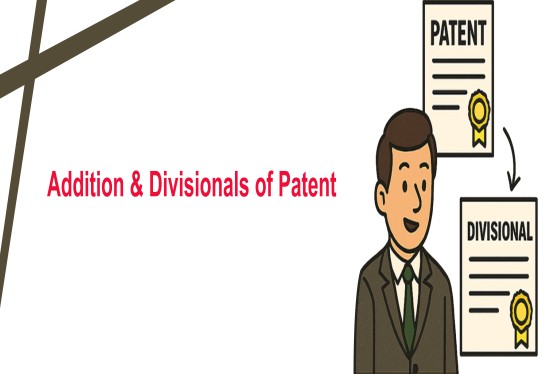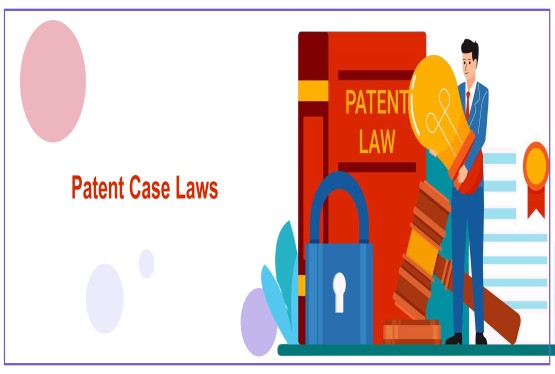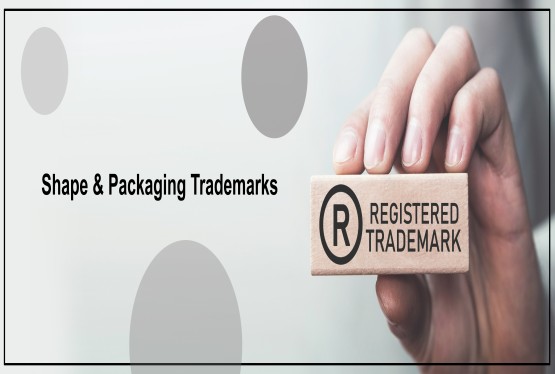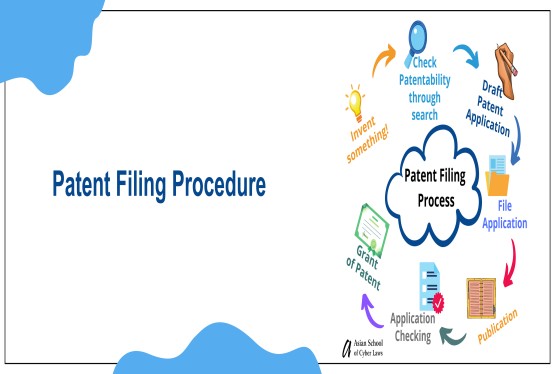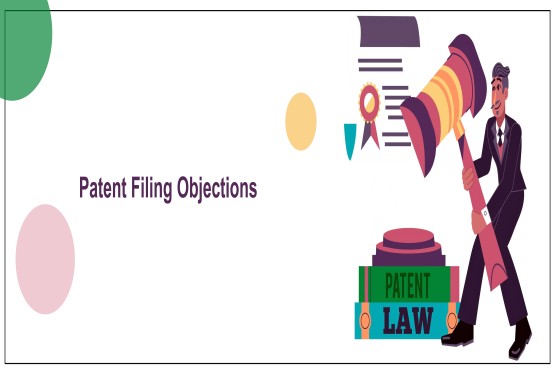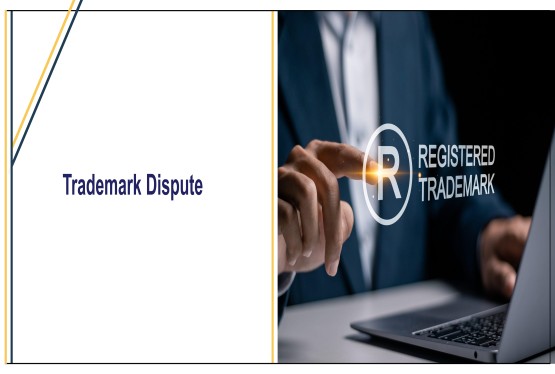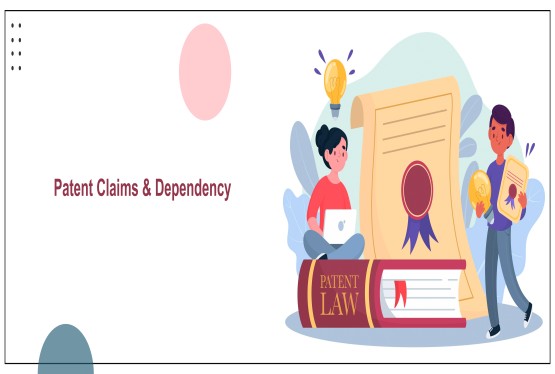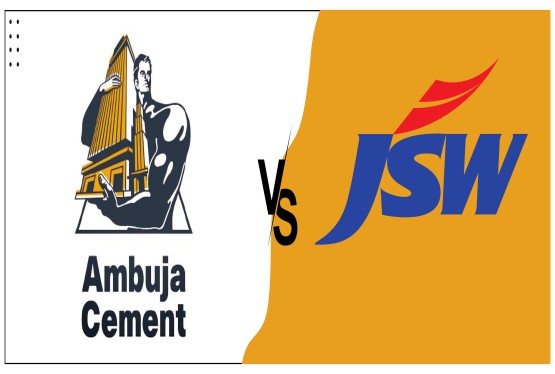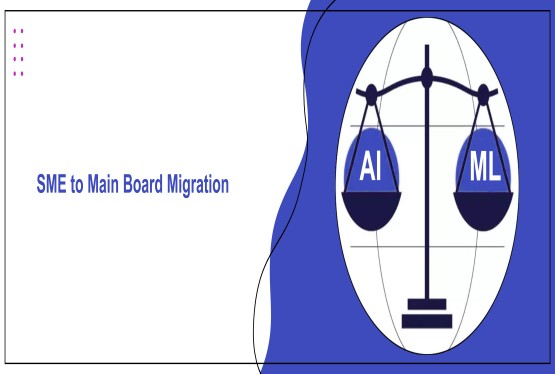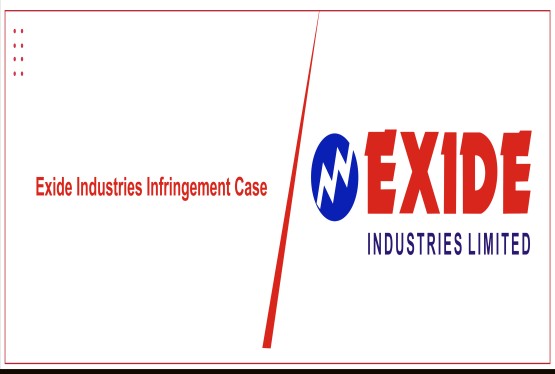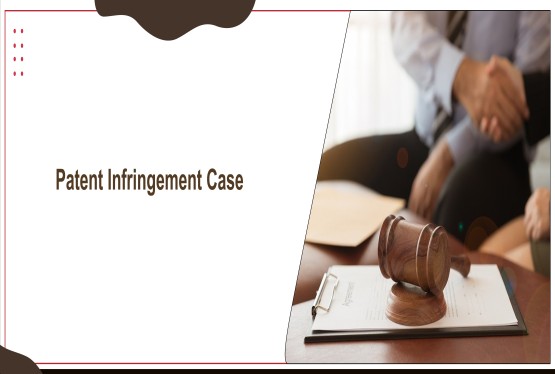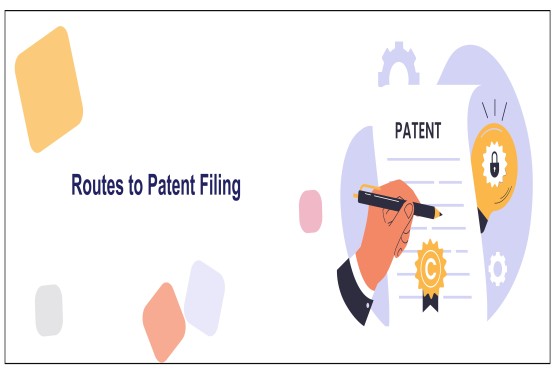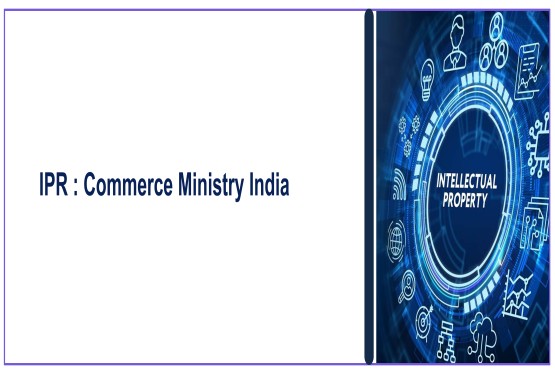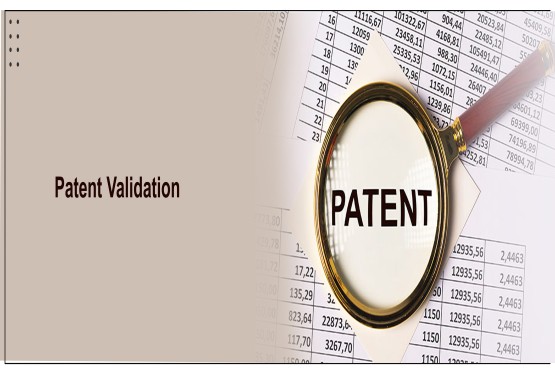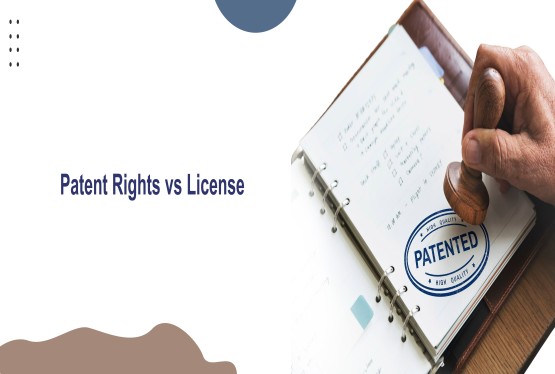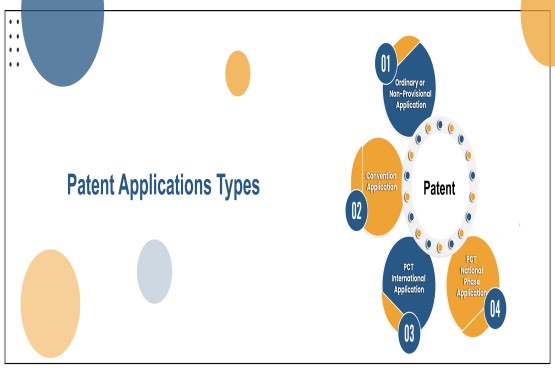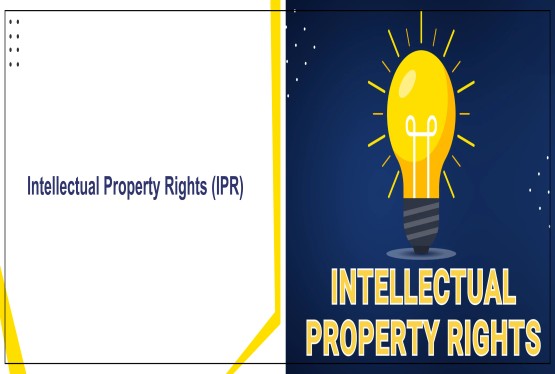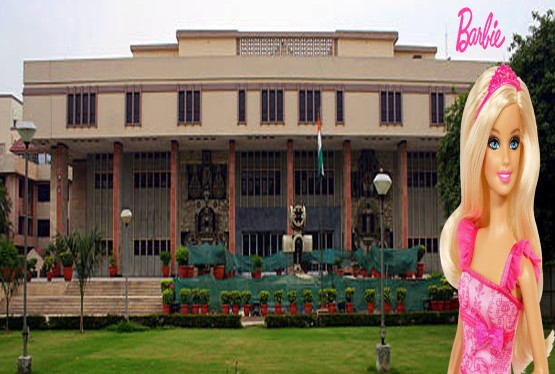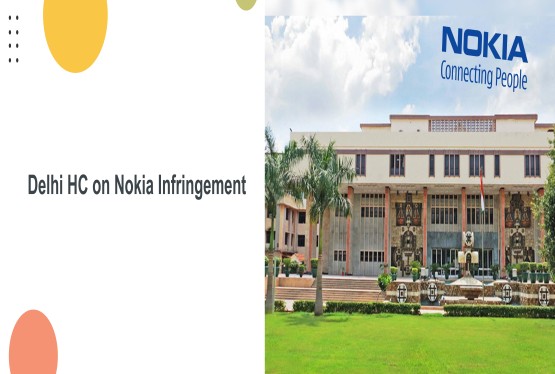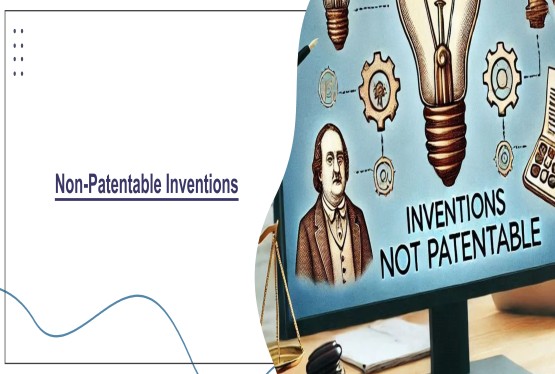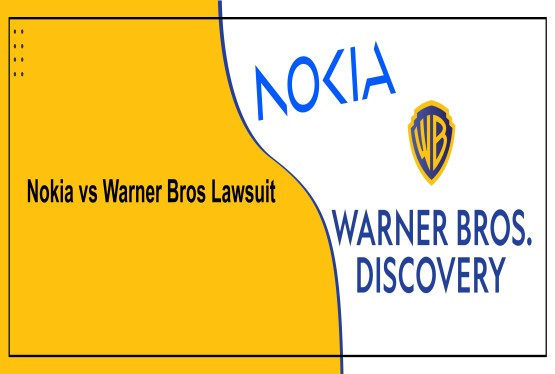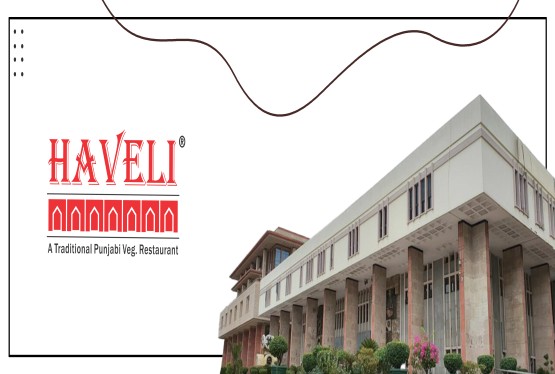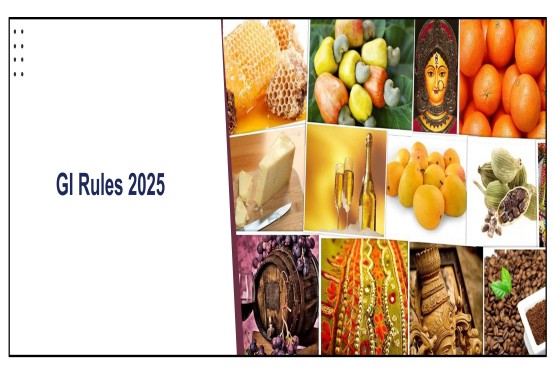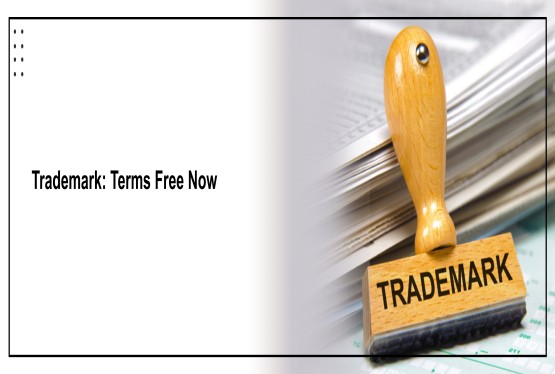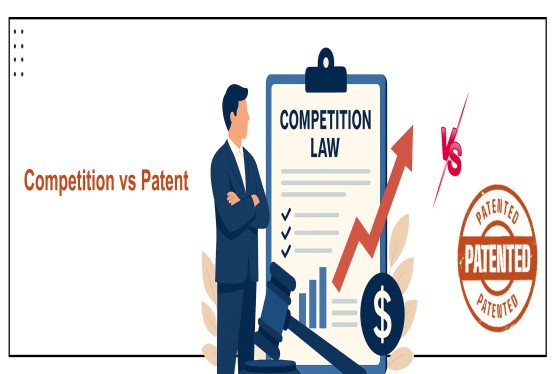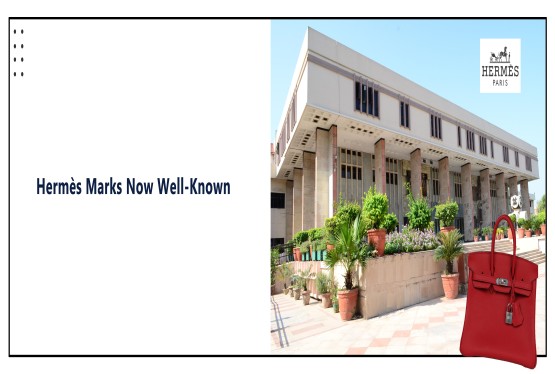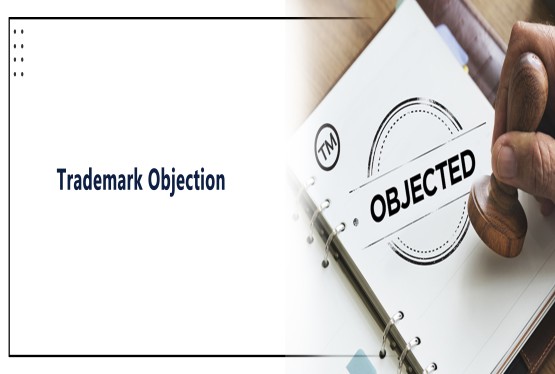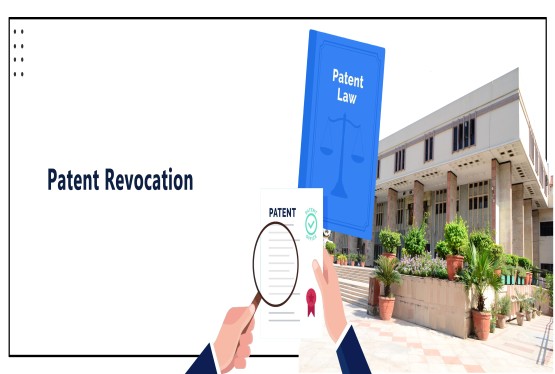The Madrid Protocol, administered by the World Intellectual Property Organization (WIPO), is an international treaty that simplifies the process of International Registration of Trademarks across multiple countries. It provides a cost-effective and efficient way for businesses to protect their trademarks globally. Here's everything you need to know about the Madrid Protocol.
What is the Madrid Protocol?
The Madrid Protocol is an international treaty adopted in 1989, supplementing the earlier Madrid Agreement of 1891. The primary goal is to enable trademark owners to secure and manage trademark rights in various member countries through a single, streamlined application. By filing one international application and paying a single set of fees, trademark owners can seek protection in over 100 member countries.
Key Benefits of the Madrid Protocol
-
Simplified Application Process: The Madrid Protocol eliminates the need to file separate trademark applications in each country. Instead, trademark owners submit a single international application, specifying the member countries where protection is sought. This reduces the administrative burden and streamlines the process significantly.
-
Cost-Effectiveness: Managing multiple trademark registrations can be expensive. The Madrid Protocol reduces costs associated with translations, local attorney fees, and currency exchange. This is especially beneficial for startups and small businesses looking to expand internationally.
-
Centralized Management: Once a trademark is registered under the Madrid Protocol, any updates, such as changes to the owner’s details or renewals, can be managed centrally through WIPO. This simplifies the maintenance of trademark rights across multiple jurisdictions.
-
Flexibility: Trademark owners can add more countries to their registration later if their business expands to new markets. This flexibility makes the Madrid Protocol a scalable solution for growing companies.
How the Madrid Protocol Works
-
Basic Application or Registration: To use the Madrid Protocol, a trademark owner must have an existing national or regional trademark application or registration, referred to as the "basic" mark. This serves as the foundation for the international application.
-
International Application: The trademark owner files an international application through their national or regional trademark office (known as the Office of Origin). The application is then forwarded to WIPO for examination.
-
Formal Examination by WIPO: WIPO examines the application for compliance with formal requirements, such as proper classification of goods and services. If the application meets all criteria, WIPO registers the trademark in the International Register and publishes it in the WIPO Gazette of International Marks.
-
Substantive Examination by Designated Countries: The trademark is then examined by the trademark offices of the countries where protection is sought. Each office applies its national trademark laws to decide whether to grant or refuse protection. If no objections are raised within a specific period (usually 12 to 18 months), the trademark is protected in those countries.
Limitations and Challenges of the Madrid Protocol
-
Dependency on the Basic Mark: The international registration is dependent on the basic mark for five years. If the basic mark is canceled, restricted, or otherwise affected, the international registration is also affected. This "central attack" risk is a significant drawback.
-
Limited Scope of Protection: The Madrid Protocol does not guarantee uniform protection in all member countries. Each country has the right to refuse trademark protection based on its national laws, which may lead to inconsistencies.
-
Local Laws and Opposition: Even if an international registration is approved by WIPO, it may still face opposition or cancellation actions in individual countries. Trademark owners should be aware of local legal systems and potential challenges.
Future of the Madrid Protocol
With the rise of global commerce and e-commerce, the Madrid Protocol continues to evolve to meet the needs of businesses worldwide. Technological advancements, such as the use of AI in trademark examination, may further streamline the process in the coming years. Additionally, efforts are being made to encourage more countries to join the Madrid System, expanding its global reach.
Conclusion
The Madrid Protocol has revolutionized international trademark registration by offering a simplified, cost-effective, and centralized solution. While it has some limitations, its benefits far outweigh the drawbacks for many businesses. Understanding how to leverage the Madrid Protocol can be a game-changer for companies looking to protect their brands on a global scale. For businesses of all sizes, adopting a strategic approach to trademark protection under the Madrid Protocol is essential for sustainable international growth.
By the Madrid Protocol, companies can safeguard their brands, maintain a competitive edge, and navigate the complexities of global trademark law with confidence.






























_(b)_of_the_Trademark_Act,_1999_(1)_crop10_thumb.jpg)



_crop10_thumb.jpg)




























_crop10_thumb.jpg)
_crop10_thumb.jpg)






_crop10_thumb.jpg)








_crop10_thumb.jpg)



_crop10_thumb.jpg)





























_crop10_thumb.jpg)

















_crop10_thumb.jpg)






_crop10_thumb.jpg)











































































































































_crop10_thumb.jpg)




































_crop10_thumb.jpg)












_crop10_thumb.jpg)













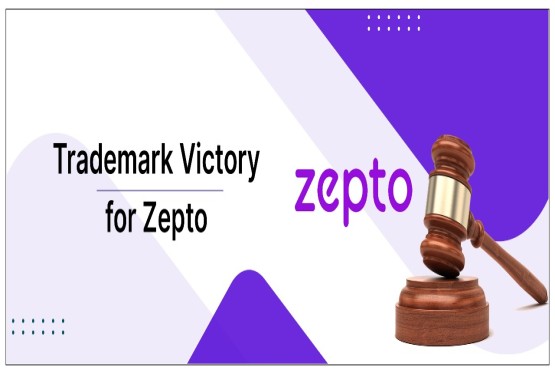




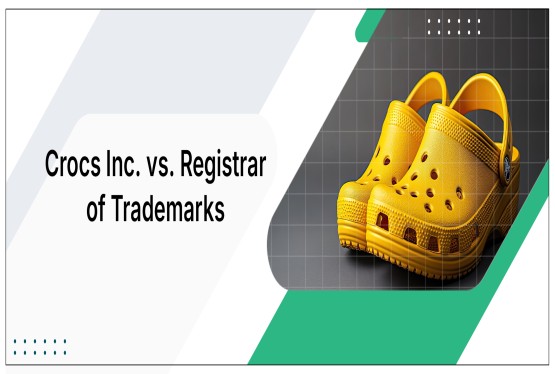















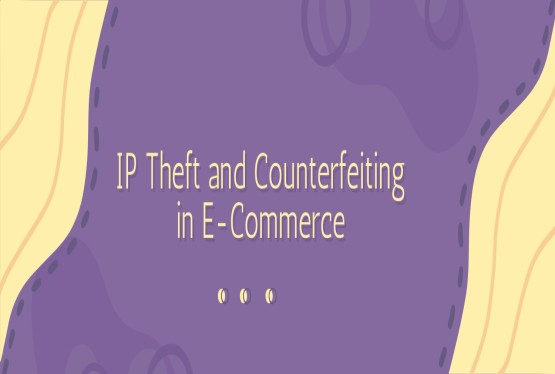












_crop10_thumb.jpg)






